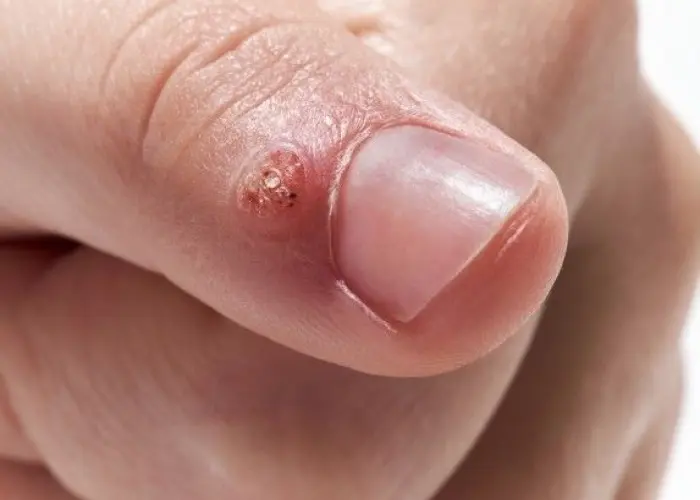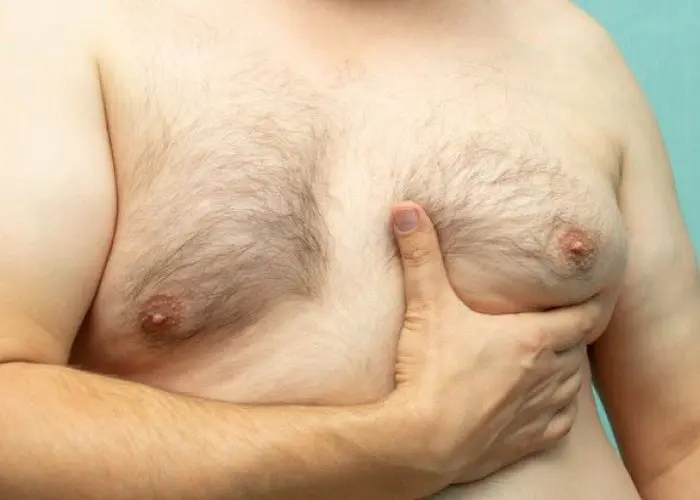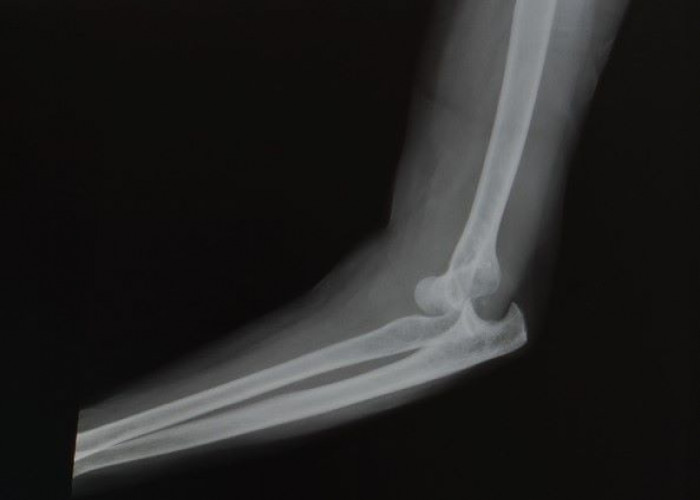 Welcome
Welcome
“May all be happy, may all be healed, may all be at peace and may no one ever suffer."
Dislocated elbow

A dislocated elbow occurs when the bones in the elbow joint become separated. It is a painful and potentially serious injury that can cause damage to the surrounding tissues and nerves.
The elbow joint is made up of three bones: the humerus, radius, and ulna. A dislocated elbow occurs when one or more of these bones is forced out of its normal position. This can happen as a result of a fall or a direct blow to the elbow, or as a result of a twisting motion.
Symptoms of a dislocated elbow may include pain, swelling, stiffness, and difficulty moving the affected arm. There may also be a visible deformity in the elbow, with the joint appearing out of place or disfigured.
Diagnosis of a dislocated elbow typically involves a physical exam, X-rays or other imaging tests to confirm the diagnosis, and evaluation of nerve and blood vessel function.
Treatment of a dislocated elbow typically involves reducing the dislocation, or putting the joint back into its normal position. This is typically done in a hospital setting, under anesthesia or heavy sedation. After the joint is reduced, a cast or brace may be applied to immobilize the elbow and allow it to heal. Physical therapy may also be recommended to help restore range of motion and strength in the affected arm.
In some cases, surgery may be required to repair any damage to the surrounding tissues or bones, or to treat complications such as nerve damage or fractures.
In conclusion, a dislocated elbow is a painful and potentially serious injury that occurs when the bones in the elbow joint become separated. Symptoms may include pain, swelling, stiffness, and difficulty moving the affected arm. Treatment typically involves reducing the dislocation, immobilizing the elbow, and undergoing physical therapy to restore range of motion and strength in the affected arm. If you suspect that you or someone you know may have a dislocated elbow, it is important to seek medical attention immediately to receive a proper diagnosis and treatment.
Research Papers
Disease Signs and Symptoms
- Elbow tenderness
- Elbow pain
- Dislocated elbow
Disease Causes
Dislocated elbow
In adults, the most common causes of a dislocated elbow include:
- Falls. Falling onto an outstretched hand can pop the upper arm bone out of alignment within the elbow joint.
- Motor vehicle accidents. The same type of impact can occur when passengers in motor vehicle accidents reach forward to brace themselves before a collision.
In children or teenagers, falling onto an outstretched hand is also a common cause of a dislocated elbow.
In toddlers, the injury often occurs when an extra pulling motion is applied to an outstretched arm. The causes of such injuries include:
- Improper lifting. Trying to lift or swing a young child by the arms can cause the elbow to dislocate.
- Sudden pulling. Having the child suddenly step off a curb or stairstep as you're holding his or her hand can pull the elbow out of alignment.
Disease Prevents
Dislocated elbow
Avoid lifting or swinging small children by their arms.
Disease Treatments
Some dislocated elbows go back into place by themselves. Most, however, need a doctor to manipulate the bones back into their proper alignment. This procedure is called a reduction.
Medications
Before the reduction you or your child may be given medications to relieve pain and relax muscles.
Therapy
After the joint's bones are back in their normal alignment, you or your child might need to wear a splint or sling for a few weeks. You might also need to do physical therapy exercises to improve the joint's range of motion and strength.
Surgery
You might need surgery if:
- Any of the dislocated bones have also been broken
- Torn ligaments need to be reattached
- Damaged nerves or blood vessels need repair
Disease Diagnoses
Disease Allopathic Generics
Disease Ayurvedic Generics
Disease Homeopathic Generics
Disease yoga
Dislocated elbow and Learn More about Diseases

Hyponatremia

Snake bite

Desmoid tumors

Tetralogy of Fallot

Male hypogonadism

Heart attack

HPV infection

Enlarged breasts in men (gynecomastia)
dislocated elbow, স্থানচ্যুত কনুই
To be happy, beautiful, healthy, wealthy, hale and long-lived stay with DM3S.
